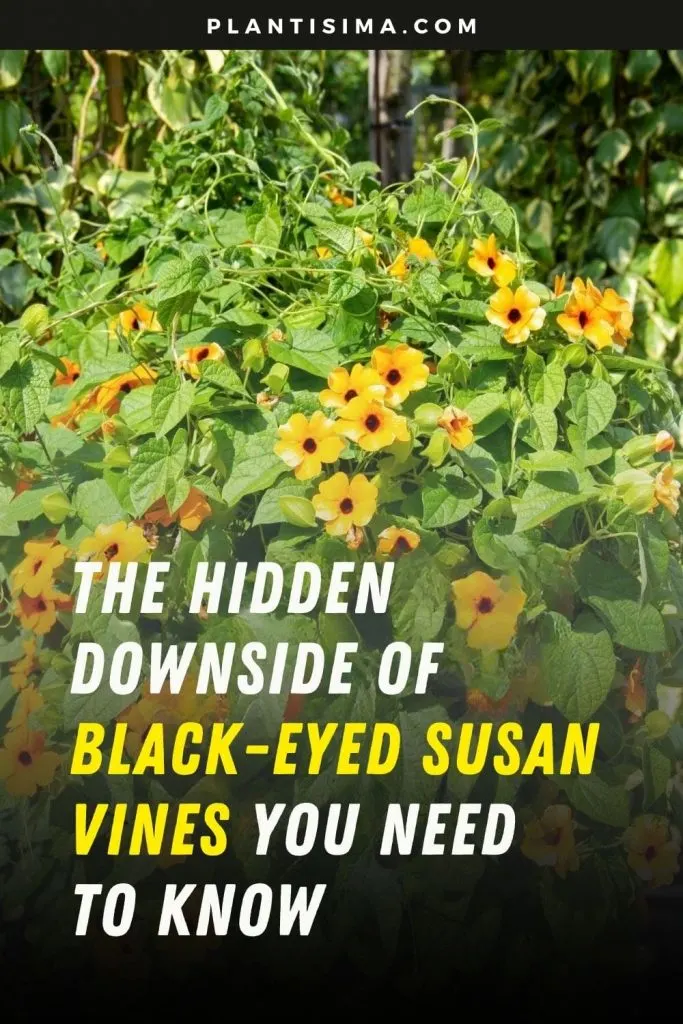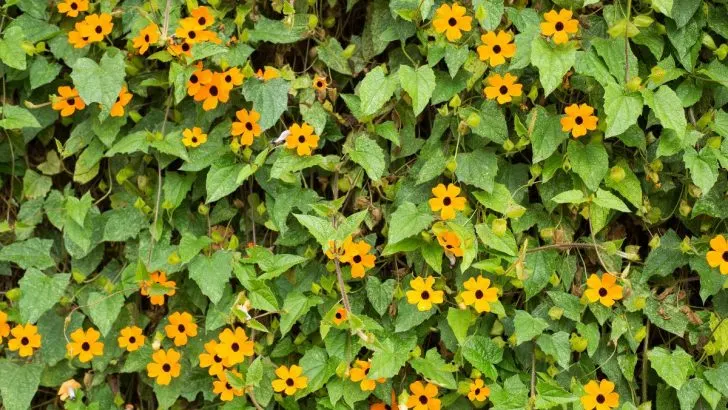Vertical gardening is a creative way to add dimension to your garden, but it comes with its own set of challenges. While many plants can be used to achieve stunning vertical growth, some come with hidden pitfalls that can affect your garden in unexpected ways.
Take the Black-Eyed Susan, for example. Its vibrant appearance is undeniably captivating, it thrives with minimal care, and it’s a magnet for hummingbirds and pollinators. On the surface, it seems like the perfect plant. I thought so too—until reality hit me.
But first, let’s clarify something important: the Black-Eyed Susan vine is not the same as the Black-Eyed Susan wildflower. You might wonder why this distinction matters, but trust me, it’s crucial to understand the difference.
The Problem You Can’t Ignore
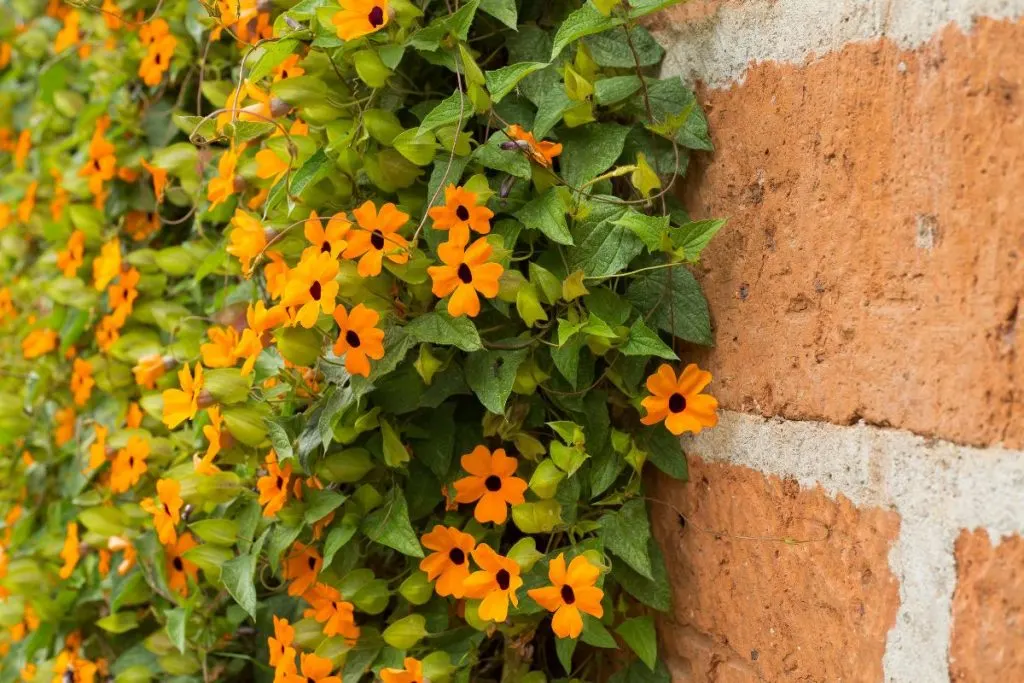
The two types of Black-Eyed Susan are often confused due to their similar appearance. The common Black-Eyed Susan wildflower is a harmless and beneficial native plant, beloved by gardeners for its cheerful blossoms and ease of care.
In contrast, the Black-Eyed Susan vine, a tropical climber native to Africa, can become a serious problem in your garden. Why? Because it’s invasive.
For gardeners who have dealt with invasive species before, this word alone is enough to cause alarm. If you’ve never faced the challenges of managing an invasive plant, consider yourself lucky and take steps to keep it that way.
The Black-Eyed Susan vine isn’t your typical invasive plant. In cooler climates, it will die off once temperatures drop, saving you from long-term trouble. However, in warmer regions, this plant can quickly become your worst nightmare. It spreads rapidly, potentially overwhelming other plants and, in some cases, even damaging surrounding structures.
As a self-seeding plant, the Black-Eyed Susan vine produces a multitude of seeds that can easily spread throughout your garden—and even your neighbor’s yard.
Tips for Growing in Cooler Climates
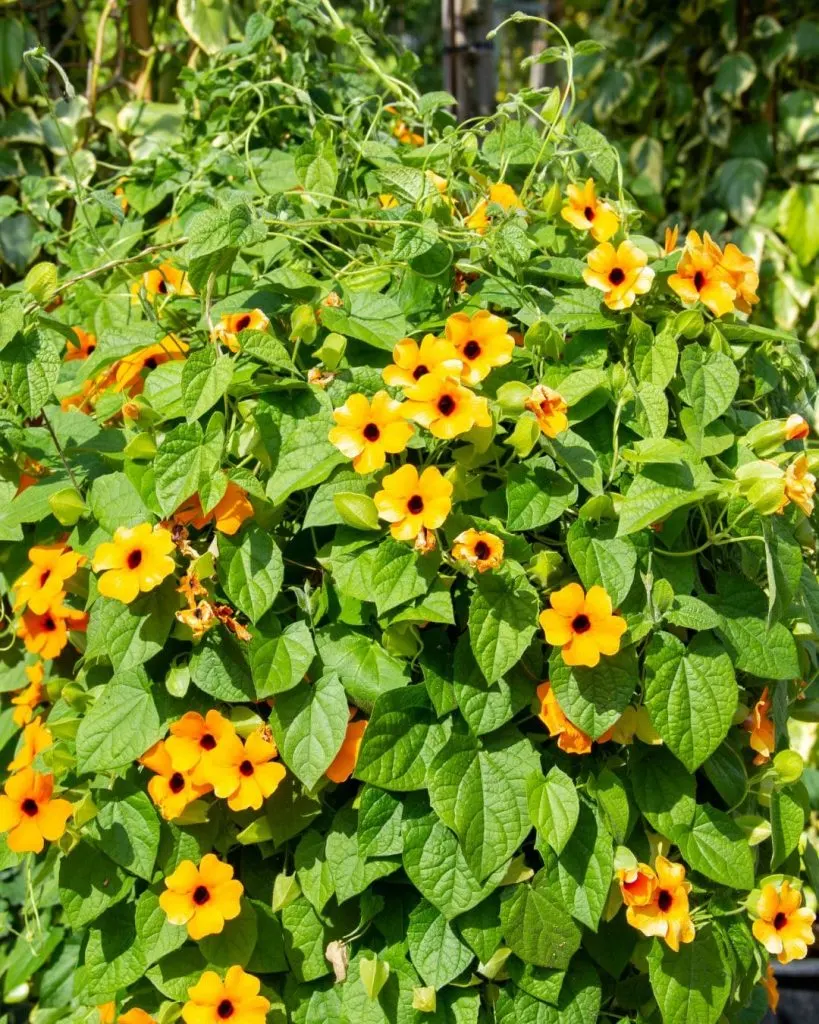
So, why would anyone still want to grow the Black-Eyed Susan vine if they know it’s invasive? In cooler climates, this plant is less likely to cause problems. Once the first frost arrives, it will kill the vine, preventing it from spreading. Although self-seeding is possible, it’s unlikely to happen as the frost will most likely destroy the blooms before they can set seed.
If you’re up for the challenge, here’s how you can grow it safely. You can start your Black-Eyed Susan vine from seeds by planting them directly in the ground after the last frost. Alternatively, you can start seeds indoors and transplant the vine outdoors once temperatures warm up.
Make sure the soil is well-draining and rich in organic matter, and choose a location that gets partial sunlight. Because it’s a climbing plant, you’ll need to provide support, such as a trellis, to help it grow vertically.
Consider These Alternatives
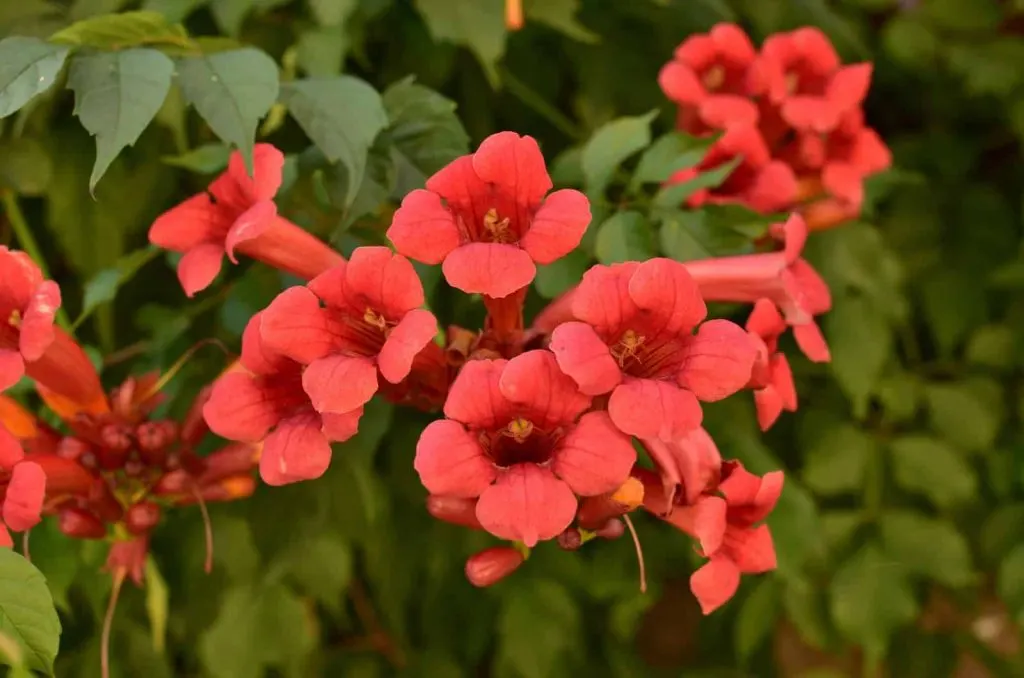
If managing the Black-Eyed Susan vine sounds like more trouble than it’s worth, consider planting other climbing plants instead.
One of my favorites is the trumpet vine, a stunning alternative to the Black-Eyed Susan. Not only does it look gorgeous, but it also attracts hummingbirds and can tolerate poor soil conditions.
Another excellent choice is the native American wisteria. Just be sure not to confuse it with the invasive Chinese or Japanese varieties. American wisteria brings many benefits to your garden, and its spectacular vines add a touch of luxury.
If you’re drawn to the Black-Eyed Susan for its flowers, why not plant the native Black-Eyed Susan wildflower? While it’s not a climber, its beautiful blooms more than make up for it.
Before you plant a Black-Eyed Susan vine in your garden, consider the potential challenges it brings. You still have time to protect your garden from a world of problems. Choose your plants wisely, and you’ll create a beautiful, thriving space that’s easy to maintain.
